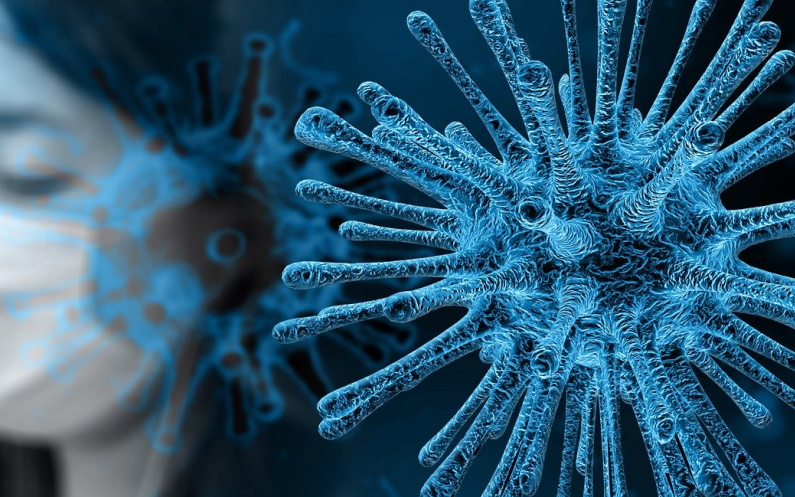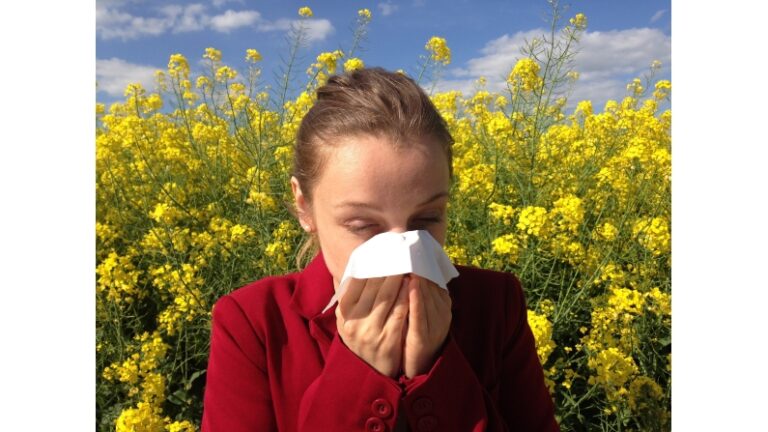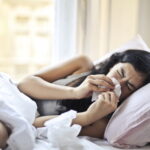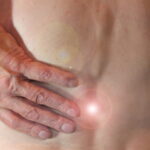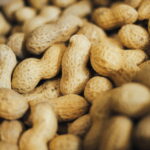Here’s the update on coronavirus: a new strain called the 2019 novel coronavirus (2019-nCoV), emerged in December of 2019 in China, and it’s thought to have come from an animal trade market in Wuhan City, Hubei Province in China. The coronavirus has been around for a long time. But this novel strain is not the same as others that commonly circulate among humans and cause the common cold. There is no vaccine or therapeutic antibody available yet for 2019-nCoV.
According to the WHO, scientists will meet in Geneva February 11-12 to set research and development priorities for coronavirus drugs, diagnostics, and vaccines. The virus has been successfully grown in different laboratories, as pharmaceutical companies race for a vaccine. It could take as long as six months, but we’re looking at closer to a year. In the meantime, some Thailand scientists have come up with a combination of flu and HIV drugs that seems to expedite patients’ recoveries.
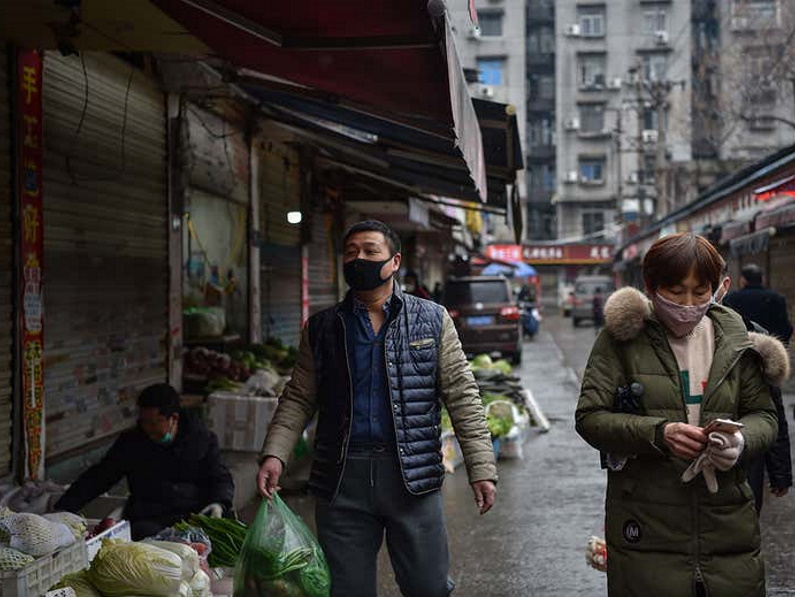
As of right now, the CDC believes that 2019-nCoV was transmitted from bats to humans. This is due to the fact that 96% of its genome matches the bat’s coronavirus genome.
Just this week, there have been over 31,000 confirmed cases, over 25,000 suspected cases, and over 600 deaths, two of which have occurred outside China. The virus has spread to more than two dozen countries. A 44-year-old man died from it in the Philippines and one 39-year-old man in Hong Kong. The virus appears to be highly contagious, as these numbers emerged within the first month of this year and December of last year. Confirmed cases in China and possibly worldwide are thought to be much higher than what’s been able to be reported.

Update on Coronavirus: Stopping the Spread
The epidemic was declared a global health emergency by the World Health Organization (WHO) last week and with the latest update on coronavirus, the situation appears to be turning into a pandemic.
As a result, many countries have banned or restricted travel to and from China, and airlines are in a frenzy rerouting people who are still participating in necessary travels. China has been cooperative about banning travel in order to contain the spread of the virus. Many countries, including the US, Thailand, India, Japan, Singapore, Canada, and some European countries have almost completed lifting their citizens out of Wuhan on private charter flights. The respective countries quarantine these people for 14 days, the suspected incubation period of the virus.
Despite the quarantining and strict measures in place, the WHO has begun advising countries not to enforce unnecessary banning, believing it could cause more panic than good. Scientists and other health professionals also believe that quarantines are not as effective as they initially thought. Erin Sorrell, an assistant research professor and expert in infectious diseases at Georgetown University, says that using resources toward treating sick patients and developing vaccines are far more effective than total border shutdowns as a means of containing the respiratory virus.
Perhaps what has been just as alarming as the epidemic itself, is the worldwide hysteria that’s amassed as a result of too much information about the updates on coronavirus. Thanks to local news channels updating by the minute without confirmed facts, social media platforms with the sole priority of viewership, and general uncertainty about the virus overall, global panic has been spreading like wildfire.

The R Naught of Coronavirus
So far, it looks like the R naught of the coronavirus is between 2.2-3.8. This is simply a mathematical equation that shows how many people will get sick from each infected person. It could take longer to determine the true R naught as more cases emerge. So if the current R naught is 2.2, this means that two or more people will catch the virus from a person who already has it. This does mean that it’s more contagious than the seasonal flu, which has an R naught of 0.095, but less contagious than that of SARS, which is between 2 and 5.
Measles, one of the most contagious viruses globally, has an R naught between 12 to 18. But until we have hard facts, we can’t rule out the dangers of this new coronavirus strain.
In fact, China’s Health Minister Ma Xiaowei recently claimed that the strain may have already mutated into a stronger variation than SARS, and is now even more contagious than originally thought.
What we do know though until now, remains true: the respiratory disease spreads through human-to-human contact; droplets fly in the air once someone sneezes or coughs and people are also exposed when touching germs left on inanimate objects. The main culprit of contagion is how the virus spreads before symptoms exhibit themselves. About 20% of infected patients become severely ill, eventually contracting complications such as pneumonia and respiratory failure.
Symptoms
For 2019-nCoV infections, reported illnesses have ranged from people with no symptoms all the way to people dying.
Symptoms include:
- Fever
- Cough
- Runny nose and sneezing
- Shortness of breath
- Diarrhea
The CDC reports that shortness of breath symptoms may make the patient feel as if they’re drowning. At this time, the CDC believes that there is an incubation period of 12.5-14 days. This means that symptoms of 2019-nCoV may appear as soon as 2 days or as long as 12.5-14 days after exposure.
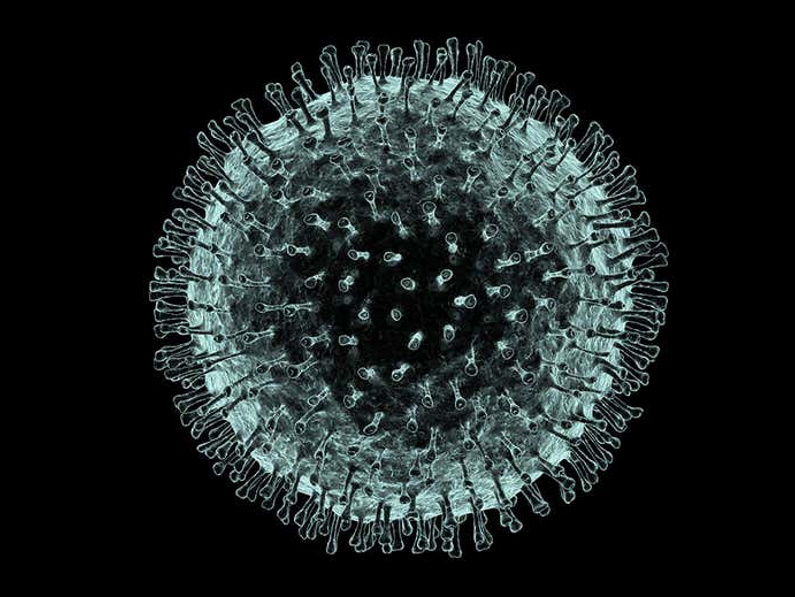
Is the Coronavirus Worse Than the Flu?
In the United States alone there have been more than 19 million confirmed cases of flu, more than 180,000 hospitalizations, and anywhere from 10,000-25,000 deaths just this season. That makes about a 0.095% mortality rate, while the coronavirus still only has a 2% mortality rate. The flu is much worse but has a safer reputation because we know we have a vaccine for it.
Myths about 2019-nCoV
Let’s take a look at some of the widespread rumors about 2019-nCoV and clarify the truth.
- If I get the flu or pneumonia vaccine, I won’t get the coronavirus.
FALSE. According to the WHO, vaccines against pneumonia and flu do not provide protection against 2019-nCoV. This doesn’t mean you shouldn’t get those vaccines though.
- If I receive a package from China, it could have the virus on it.
FALSE. According to the WHO, the virus lasts for a few hours on inanimate objects, long before you receive it.
- If my pet has coronavirus, I can get it too.
FALSE. Although E. coli and Salmonella can pass from animals to humans, you won’t get 2019-nCoV from domestic pets.
- The coronavirus is the SARS outbreak all over again.
FALSE. Although the sequence identity between 2019-nCoV and SARS-CoV is 79.5%, SARS-CoV is significantly different from the current coronavirus we’re battling.
- The new coronavirus comes from snakes.
FALSE. Actually, scientists believe it comes from the horseshoe bat, as 96% of the virus genome matches the horseshoe bat coronavirus.
- If I consume garlic or bleach, gargle with mouthwash, put sesame oil on my skin, or irrigate my nose with saline spray, I will not get it.
FALSE. Though they may sound promising, none of them are true.
- If I wear a face mask, I’m good to go.
FALSE. Wearing a face mask actually doesn’t do much. Unless you’re wearing an N95 mask, which does a pretty good job of preventing the airways from coronavirus droplets. But most doctors will tell you that it’s the infected people who need to wear the mask and not the public. More importantly, if you do wear one, be sure to wash your hands prior to putting the mask on or taking it off.
Update on Coronavirus: Just Protect Yourself
At this point, the best cautionary measure you can take is to protect your airways from coronavirus droplets. Everyday preventive actions that you regularly take to avoid the flu and common cold should be applied here.
This includes:
- Washing your hands often with soap and water for 30 seconds
- Using an alcohol-based hand sanitizer that contains at least 60% alcohol
- Avoiding touching your eyes, nose, and mouth as much as possible
- Avoiding close contact with people who are sick (remain more than 2-3 feet apart)
- Covering your cough or sneeze with a tissue or use your elbow. If you use a tissue, discard it immediately
- Clean and disinfect frequently touched objects and surfaces
More to come as we learn more every day. To get more information, visit https://www.who.int/emergencies/diseases/novel-coronavirus-2019 or https://www.cdc.gov/coronavirus/about/index.html.
For more information on the genetic epidemiology of 2019-nCoV, visit https://nextstrain.org/ncov?m=div.
